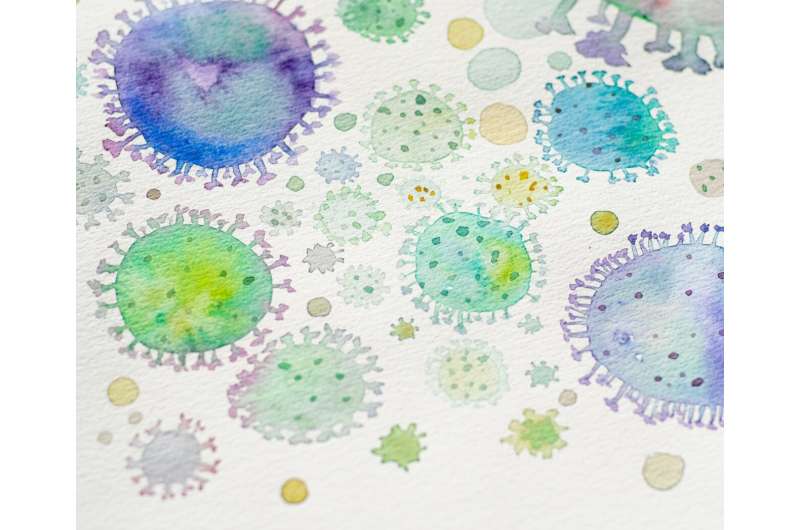Early Signs of Neurodegenerative Diseases: The Importance of Sense of Smell

Loss of the sense of smell can be an early indicator of neurodegenerative diseases such as Alzheimer's and Parkinson's. Understanding this connection may enable earlier diagnosis and intervention.
Losing your sense of smell can be more than just a minor inconvenience; it can serve as an early warning sign of serious neurodegenerative conditions like Alzheimer's and Parkinson's disease. Smell is a powerful sense that not only helps us detect danger and enjoy food but also plays a critical role in triggering memories and emotions. Due to its close connection to the brain's structures responsible for memory and feelings, alterations in the sense of smell can reveal early changes within the brain.
Historically, most people consider loss of smell as a temporary issue caused by colds or allergies. However, research indicates that this symptom can precede the more noticeable signs of neurological diseases by years. For example, up to 90% of Parkinson’s patients experience reduced olfactory capacity long before motor symptoms appear. During this early stage, the damage may begin in areas like the olfactory bulb or the locus coeruleus in the brainstem, where neurodegeneration starts well before cognitive or physical symptoms become evident.
The loss of smell is not exclusive to neurodegenerative diseases; it can also result from aging, stress, or environmental toxins. Yet, its presence, especially when persistent or unexplained, warrants attention as a potential biomarker for early diagnosis. Such early detection could open pathways for interventions before significant brain damage occurs.
In Parkinson's disease, the selective loss of smell often involves impaired detection of neutral or unpleasant odors such as smoke or rubber, while the perception of pleasant smells like chocolate may remain intact. Interestingly, some individuals, like Scottish woman Joy Milne, can even smell the disease itself—an odor described as woody and musky—years before any clinical diagnosis.
Damage to the olfactory system is also linked to Alzheimer’s disease, where early changes often occur in the locus coeruleus. Disruption of the connection between smell and emotional centers of the brain can manifest as problems in the sense of smell long before the onset of memory loss and cognitive decline.
Diagnosing neurodegenerative diseases early through smell testing presents promising research opportunities. By identifying olfactory deficits as biomarkers, clinicians could diagnose these diseases earlier and begin treatments sooner, potentially slowing disease progression. Nevertheless, since smell loss can also be caused by other factors, it should be considered alongside other diagnostic tests.
In summary, monitoring changes in the sense of smell offers a non-invasive, cost-effective avenue for early detection of Alzheimer’s and Parkinson’s diseases. Recognizing this early warning sign can significantly improve disease management and patient quality of life, making smell an essential aspect of neurodegenerative disease research and diagnosis.
Stay Updated with Mia's Feed
Get the latest health & wellness insights delivered straight to your inbox.
Related Articles
Recall Issued for Goodles Mac & Cheese Due to Hidden Allergen Risks
Goodler Foods has recalled multiple lots of its mac and cheese products due to undeclared milk and cashew allergens, posing health risks for sensitive individuals. Consumers should check product labels and avoid eating affected items.
Is It Still Worth Getting a Flu Shot in 2025?
Learn why getting a flu shot in 2025 is still highly recommended, even as the season peaks and extends. Protect yourself and those around you by understanding vaccine effectiveness, safety, and timing.
Severe Flu During Pregnancy Can Break Fetal Barriers in Mice, Allowing Harmful Molecules to Enter the Brain
Severe influenza infection during pregnancy can compromise fetal brain barriers, allowing harmful molecules to enter the developing brain and potentially impact neurodevelopment. Learn about the latest findings from Illinois researchers.



